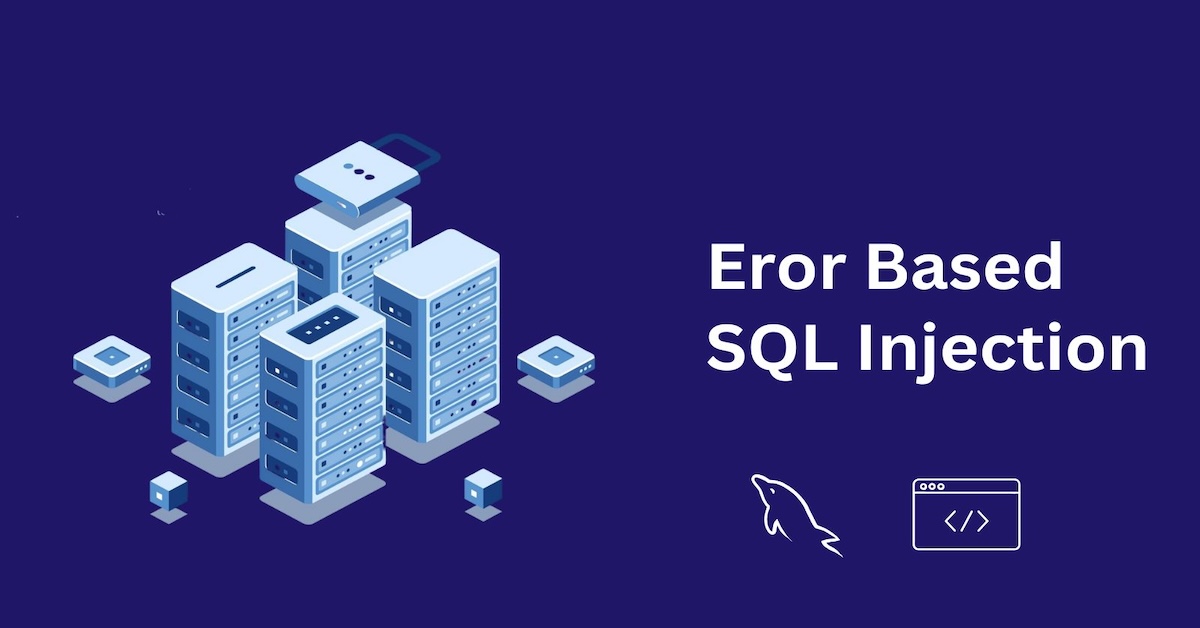Introduction to Edge Computing
Edge computing is a distributed computing paradigm where computation and data storage are performed closer to the location where it is needed. Instead of relying solely on a centralized data center, this approach allows processing to happen at or near the source of data generation, such as IoT devices or edge nodes.
Why is Edge Computing Important?
Edge computing has become a key enabler for modern applications due to its unique benefits, particularly in scenarios where low latency, efficient bandwidth use, and scalability are critical.
1. Reduced Latency
By processing data closer to the user, response times are significantly faster.
- This is especially beneficial for latency-sensitive applications such as online gaming, real-time video processing, autonomous vehicles, and token validation for APIs.
- Immediate local processing eliminates the delays caused by transmitting data to and from centralized servers.
2. Bandwidth Optimization
Offloading computation to edge nodes reduces the volume of data that needs to be sent to central servers.
- For example, IoT sensors can preprocess data locally, transmitting only relevant insights to the cloud, thus saving bandwidth.
- This optimization becomes crucial in applications generating large amounts of data, such as video surveillance or industrial automation.
3. Scalability
Edge nodes can handle a significant number of requests independently, reducing server-side bottlenecks and improving overall scalability.
- Businesses can deploy additional edge nodes closer to users as demand grows, ensuring consistent performance without overloading the central data center.
4. Enhanced Security
By validating tokens and analyzing requests at the edge, malicious traffic can be filtered out before it reaches backend servers.
- This reduces the risk of Distributed Denial-of-Service (DDoS) attacks and ensures that only authenticated requests access core resources.
5. Improved Reliability
Edge nodes can operate independently of the central server, ensuring uninterrupted service even during network outages.
-
Applications like smart homes and industrial control systems benefit from this resilience, as they rely on local decision-making to function seamlessly.
-
- *
Components of Edge Computing
To understand how edge computing works, let’s explore its main components:
1. Edge Devices
These are hardware devices that perform computation at the edge.
- Examples: IoT sensors, smart cameras, mobile phones, industrial robots, and even modern routers.
- Edge devices are often equipped with enough processing power to handle basic computations locally.
2. Edge Nodes
These are intermediate devices or locations that provide additional processing and storage capabilities closer to the user.
- Examples: Network gateways, content delivery networks (CDNs) like Cloudflare Workers, or serverless platforms such as AWS Lambda@Edge.
- Edge nodes act as a bridge between the user and the centralized data center, ensuring optimized data flow.
3. Centralized Data Center
While the edge handles local processing, the core servers provide additional computing power, long-term data storage, and advanced analytics.
-
Centralized data centers come into play for large-scale operations that require more complex computations or long-term data retention.
-
The edge and the central server work together to ensure seamless user experiences and efficient resource utilization.
-
- *
Real-World Applications of Edge Computing
- Healthcare
- In remote health monitoring, wearable devices process and analyze patient data locally to provide real-time alerts to doctors.
- Smart Cities
- Traffic management systems process video and sensor data locally to optimize traffic flow and reduce congestion in real time.
- Retail
- Edge computing enables personalized in-store experiences by processing customer preferences and inventory data locally.
- Gaming
- Online multiplayer games use edge nodes to reduce latency, ensuring a smoother gaming experience for players worldwide.
- Industrial IoT (IIoT)
-
Manufacturing plants leverage edge computing for predictive maintenance by analyzing machine data locally to detect anomalies before they cause failures.
-
- *
Conclusion
Edge computing is revolutionizing how data is processed, stored, and utilized. By bringing computation closer to the source of data generation, edge computing minimizes latency, optimizes bandwidth usage, and enhances scalability, security, and reliability. As industries increasingly adopt this paradigm, edge computing is set to play a vital role in enabling the next generation of applications and services.






